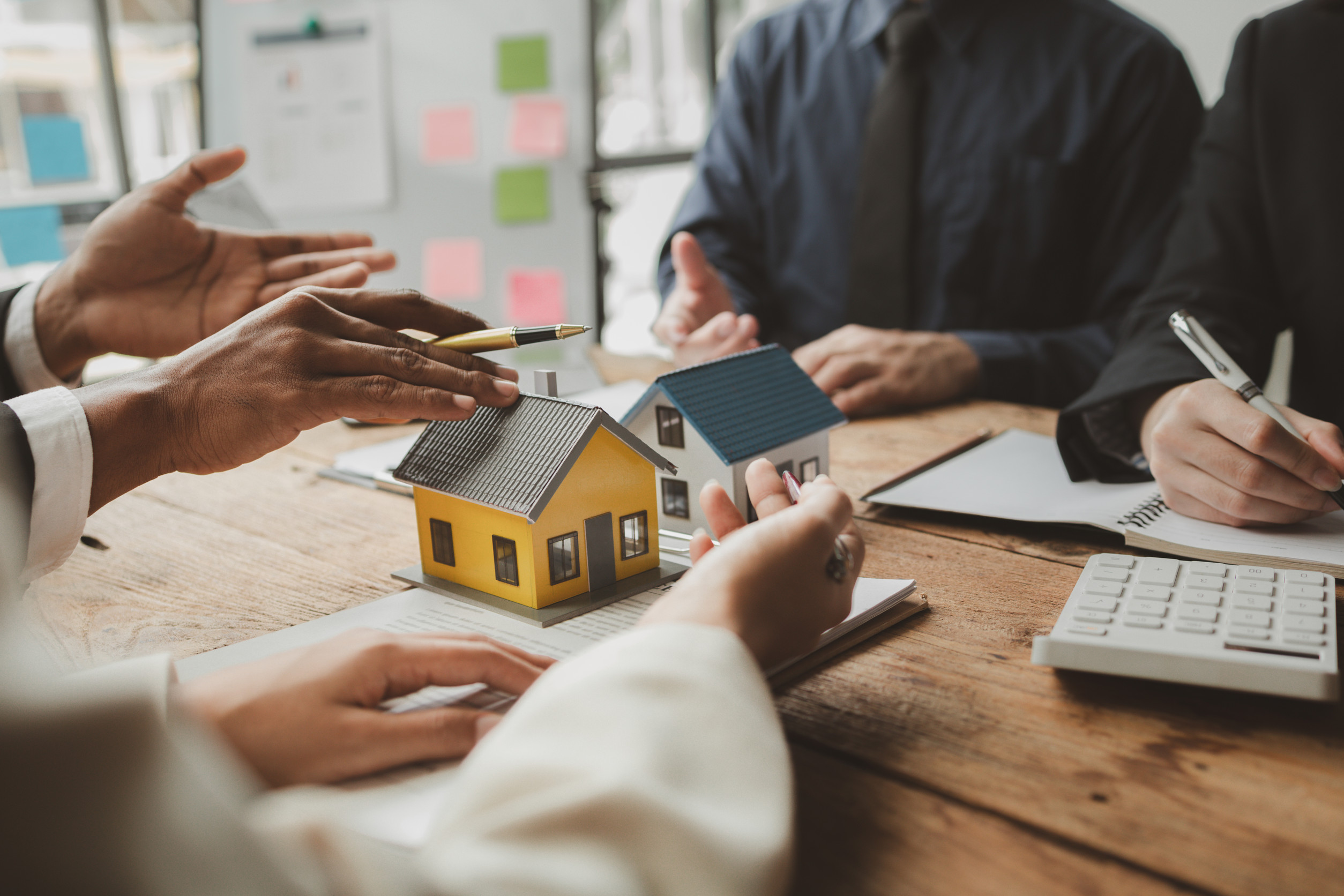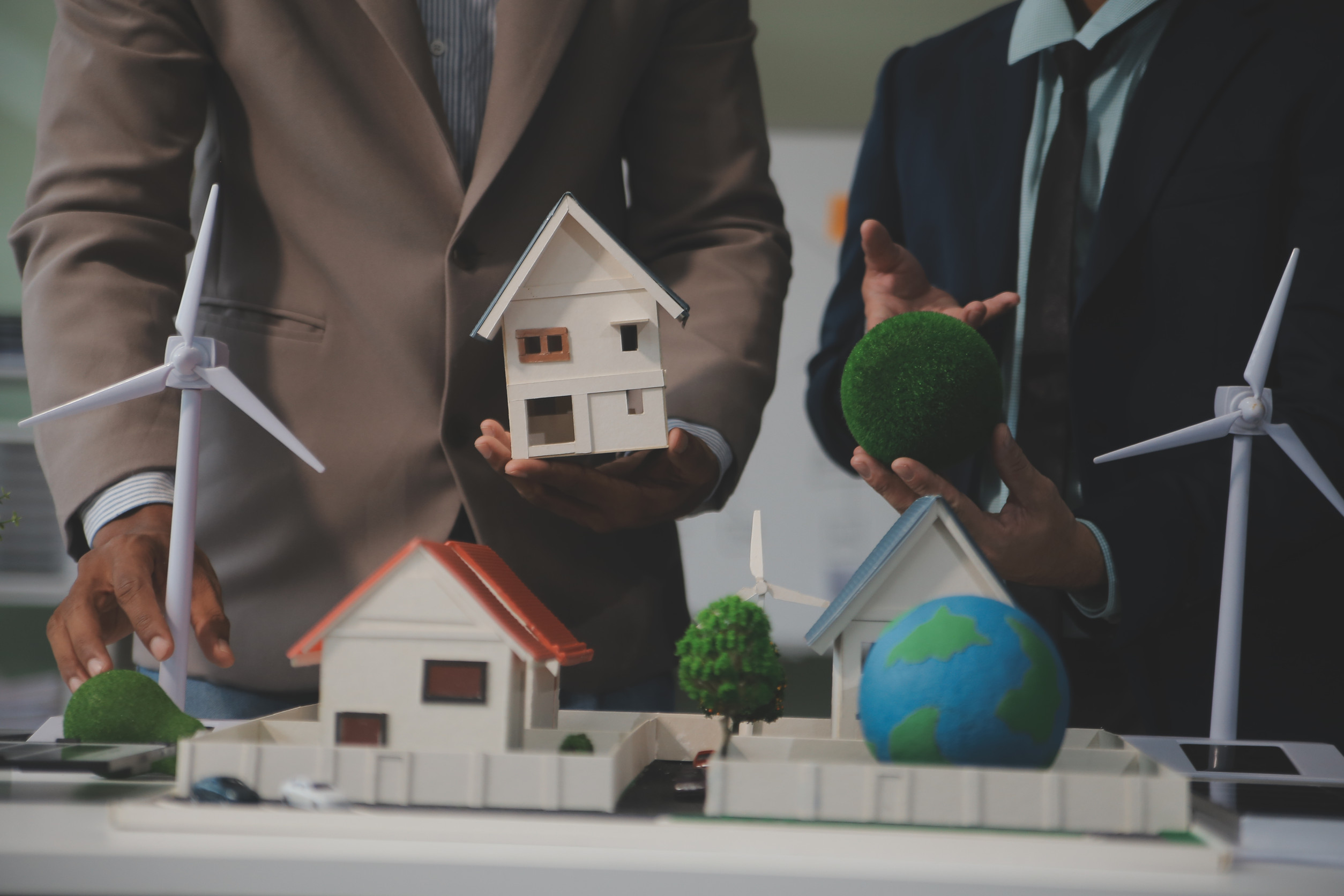In recent years, the real estate market has witnessed seismic shifts in what buyers want and where they want to live. Gone are the days when cookie-cutter suburbs or exclusive high-rise towers dominated the market without question. A new trend is emerging, one that blends urban and suburban, luxury and practicality, diversity and cohesion: mixed communities.
These are spaces where residential, commercial, and cultural elements intersect in carefully planned harmony. And if the signs are right, mixed communities aren’t just the future—they’re the next million-dollar listings.
The New Gold Standard of Lifestyle Living
Today’s homebuyers are looking for more than square footage and stainless-steel appliances. They’re craving vibrant, walkable neighborhoods where life happens just outside their front door. Mixed communities offer this in spades, with homes tucked alongside coffee shops, co-working spaces, art galleries, and parks.
It’s not just about convenience—it’s about a lifestyle upgrade that seamlessly blends the personal and communal. As this becomes the standard of aspiration, property values in these neighborhoods are starting to skyrocket.
Diversity That Drives Demand
Mixed communities tend to attract a wide variety of residents—from young professionals to retirees, from artists to entrepreneurs. This diversity doesn’t just enrich the social fabric; it drives economic stability and long-term value.
With a range of incomes and backgrounds, the neighborhood doesn’t rise or fall based on the success of one demographic group. Instead, its resilience is rooted in its balance. That makes it incredibly attractive to both buyers and investors alike.
Proximity Without the Pressure
One of the most powerful draws of mixed communities is their location—often strategically positioned between downtown and suburbia. Residents get the perks of being near the city center without sacrificing space, peace, or affordability. You can catch a concert on Saturday night and still enjoy a quiet jog through the greenbelt on Sunday morning.
This hybrid location model is especially popular among millennials and Gen Z buyers who want everything without compromise. That’s exactly the kind of real estate formula that builds million-dollar demand.
The Rise of the 15-Minute City
The concept of the 15-minute city—where everything from groceries to gyms is within a short walk or bike ride—is becoming more than just a buzzword. Mixed communities are embodying this vision with practical results.
People want to cut down on commutes and live where they can work, play, and relax without burning gas or time. These communities naturally foster that kind of self-contained ecosystem, which enhances property desirability. When convenience meets quality, real estate values respond accordingly.
A Built-In Sense of Belonging
There’s something deeply appealing about living in a place that doesn’t feel like a grid of isolated houses. In mixed communities, neighbors become collaborators, customers, and even friends. Daily interactions in shared spaces like cafes, local markets, and pop-up events create a sense of belonging that’s hard to replicate elsewhere.
This emotional connection adds a premium that many buyers are willing to pay for. It’s not just a home; it’s a human experience.
High Returns for Smart Investors
Developers and investors have been quick to notice the growing appeal of mixed communities. These developments tend to perform well over time, with consistent demand and increasing rental yields. The commercial elements—such as retail and dining—also provide alternative revenue streams beyond traditional home sales.
That financial versatility makes them a magnet for forward-thinking investors. Where there’s demand, there’s growth—and that’s exactly what’s driving up prices.
Flexible Design for Modern Lifestyles
Mixed communities often embrace innovative and flexible design, with homes that accommodate remote work, multigenerational living, or creative space needs. You’re just as likely to find lofts above a bakery as you are to see townhouses near a tech incubator. This kind of architectural adaptability aligns perfectly with the evolving needs of today’s buyers.
It’s no longer about fitting into a rigid housing mold—it’s about spaces that grow with you. That flexibility is translating into higher appraisals and rising market interest.
Sustainability Is Baked In
From solar panel integration to shared green spaces, many mixed communities are at the forefront of sustainable living. They often feature energy-efficient buildings, pedestrian-friendly planning, and local food options that lower carbon footprints. Buyers—especially younger ones—are actively seeking homes in neighborhoods that align with their values. A home that feels good to live in and to live with. That’s a winning combination in today’s conscious market.
Reinventing the American Dream
For decades, the American Dream was symbolized by a single-family home with a yard, tucked in a quiet suburb. But in a world, that’s more connected and more fast-paced, that dream is evolving. Mixed communities represent a new version—one that values connection, accessibility, and innovation just as much as privacy and ownership. This vision is becoming increasingly aspirational, and buyers are willing to pay a premium to be part of it. As societal values shift, so too does real estate demand.
Better Schools and Community Services
Mixed-use developments often come with intentional planning around education and services. Charter schools, innovative public-private partnerships, and community centers are increasingly part of the design blueprint. This planning gives families more reason to settle in, and gives property values a strong foundation.
When you invest in a home in a mixed community, you’re also investing in a whole ecosystem that supports long-term living. That layered value is a major selling point in today’s competitive market.
Tech-Enhanced Living
Smart cities are no longer sci-fi—they’re being piloted in real time within mixed communities. Infrastructure that includes smart traffic lights, free community Wi-Fi, and app-based local services enhances daily living in ways most people didn’t know they needed. These features make the community more efficient, safer, and more attractive to tech-savvy buyers. As digital integration becomes standard, properties within these connected communities are expected to appreciate even faster. The future is wired, and so is real estate.
Pandemic-Proof Appeal
The pandemic shifted how we think about space—suddenly, being able to walk to essentials and enjoy outdoor space safely became top priorities. Mixed communities, with their emphasis on accessibility and integrated green zones, met that moment perfectly. Even post-pandemic, those preferences haven’t faded. In fact, they’ve become non-negotiable for many buyers, driving renewed interest in these neighborhoods. What was once a niche preference is now a market-driving force.
Mixed Communities: The Future Of Housing
Mixed communities are no longer experiments—they’re blueprints for the future of real estate. As buyers prioritize lifestyle, convenience, and connection, these neighborhoods are setting new benchmarks for value and desirability. The next wave of million-dollar listings won’t come from gated isolation—they’ll come from these dynamic, inclusive spaces that offer something for everyone. From developers to first-time buyers, everyone’s taking notice.
Have thoughts on where mixed communities are heading next, or already living in one?
Read More
15 Things You Should Never Do In An Apartment According to Property Managers
7 Little-Known Perks for Veterans in 2025: From Housing to Healthcare



Leave a Reply